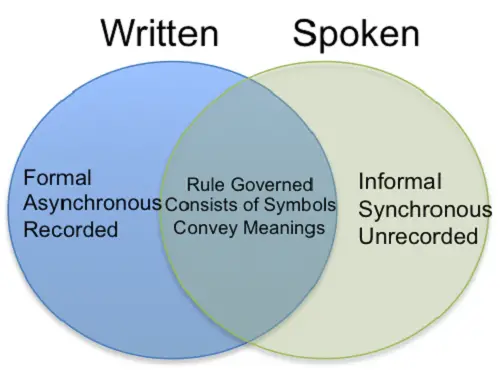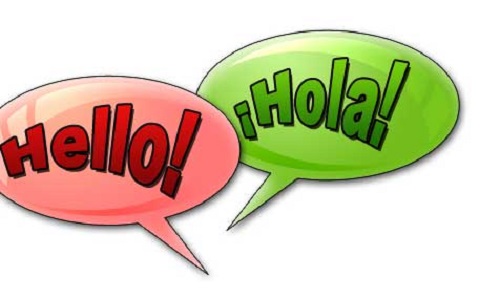Cultural and linguistic similarities across Asian nations are not a very unfamiliar concept and often pique the interest of scholars, anthropologists, and linguists alike. The extent to which such similarities exist has captivated the inquisitive minds of researchers around the world. One interesting fact is the presence of shared words between the language spoken in Korean countries and the language of Tamil Nadu, India. These unexpected linguistic connections serve as the focal point of our exploration.
While Tamil and Korean are two distinct languages with no direct linguistic connection or historical relationship, there seem to be some similarities between them. In fact, there are hundreds of words in both languages that hold the same meaning. Read on to learn more.

Tamil
Tamil is a Dravidian language primarily spoken in the Indian state of Tamil Nadu and parts of Sri Lanka, Singapore, and Malaysia. It boasts a rich linguistic and literary tradition that dates back over 2,000 years, making it one of the world’s oldest living languages. Tamil has a very rich culture and a long recorded history.
The origins of Tamil can be traced to the Dravidian language family, one of the world’s major language groups. It has its own unique script, which is distinct from the scripts used for most other Indian languages, and is known for its exquisite poetry, classical literature, and ancient inscriptions.

Korean
Korean is the official language of both North and South Korea and is also spoken by communities worldwide. It is a language isolate, which means it has no known genetic relationship with any other language. Its origins are a subject of debate among linguists, but it is generally classified as a member of the Koreanic language family.
The Korean language belongs to the same family of tongues as the language of Japan. The Korean writing system, known as Hangul, is renowned for its uniqueness and simplicity. It was created in the 15th century by King Sejong the Great and is an alphabetic script with 14 basic consonants and 10 vowels.
Similarities between Tamil and Korean
Language
Both Tamil and Korean have borrowed words and phrases from neighboring languages over time. For instance, Tamil has incorporated Sanskrit and English loanwords, while Korean has borrowed from Chinese and Japanese. Additionally, both languages follow a subject-object-verb word order, which means that the subject comes first, followed by the object, and then the verb.
Some words in Tamil and Korean sound similar, such as “naan” for “I” and “nee” for “you.” Additionally, common words like “Amma,” “Appa,” “Irrukke,” and “Va” have similar sounds in both languages.
Food
Both Tamil and Korean people are known for their love of spicy food. They use various spices and chili peppers to add heat and flavor to their dishes. Rice plays a central role in the diets of both cultures. It serves as a staple food item and is used in various forms, such as rice dishes and rice-based snacks. Both cuisines share some common ingredients, including chili pepper, ginger, and garlic.
Both Tamil and Korean cultures appreciate fermented foods. They use pickled vegetables as side dishes or condiments, and they have their own variations of fermented rice-based beverages. Some street food items in South Korea, like Tteokbokki, have counterparts in Tamil Nadu, although with differences in taste and preparation.
Vowel Harmony
Both languages exhibit vowel harmony, where vowels in a word or phrase are selected to harmonize in terms of their frontness or backness. This similarity in vowel harmony is more pronounced in Korean, where it is a prominent feature of the language, but it can also be observed to a lesser extent in certain Tamil dialects.
Grammatical Agglutination
In linguistics, agglutination refers to a language structure where words are formed by adding affixes (prefixes, suffixes, infixes, etc.) to a root word, each affix representing a distinct grammatical or semantic element. Both Tamil and Korean are agglutinative languages, which means that they add affixes (prefixes, suffixes, infixes, etc.) to root words to convey grammatical information.
Summary
These similarities reflect the fascinating connections that can be found between seemingly different cultures. While Tamil and Korean are distinct languages and cultures, these shared elements provide insights into the ways in which cultures can influence and resonate with each other.
FAQs
Are Korean and Tamil similar words?
No, Korean and Tamil are not similar words. They belong to completely different language families, and their linguistic structures and vocabulary are distinct.
Which language is most similar to Tamil?
Malayalam and Tamil share a common ancestor language, and they are mutually intelligible to some extent. Other Dravidian languages, such as Kannada and Telugu, are also similar to Tamil, but not to the same extent as Malayalam.
Can Tamil people learn Korean?
Yes, Tamil-speaking individuals can learn Korean, just like speakers of any other language can learn it. Learning a new language may require time and effort, but it is certainly possible.
Did Korea have a Tamil queen?
There is a legend that Korea had a Tamil queen named Suriratna (also known as Heo Hwang-ok). She is said to have been a princess from the Ayodhya kingdom in India. She married the Korean king Kim Suro in the ancient kingdom of Gaya.
Why do Korean and Tamil sound similar?
First, both languages have similar sound systems. They have a small number of consonant sounds and a large number of vowel sounds. They also have a similar syllable structure. Second, both languages have similar grammatical structures. For example, they both use agglutination to form new words and phrases.
Does Korean originate from Tamil?
No, Korean does not originate from Tamil. Korean and Tamil have different linguistic roots and belong to separate language families. Korean is classified as a language isolate, while Tamil is a Dravidian language.
What is mean by oppa in Tamil?
“Oppa” is a Korean term used to address an older brother or a close older male friend. It doesn’t have a direct equivalent in Tamil, as it’s a Korean cultural term.
Which Indian language is similar to Korean?
Tamil is the Indian language that is most similar to Korean. However, other Dravidian languages, such as Malayalam, Kannada, and Telugu, are also similar to Korean to some extent.












Leave a Reply